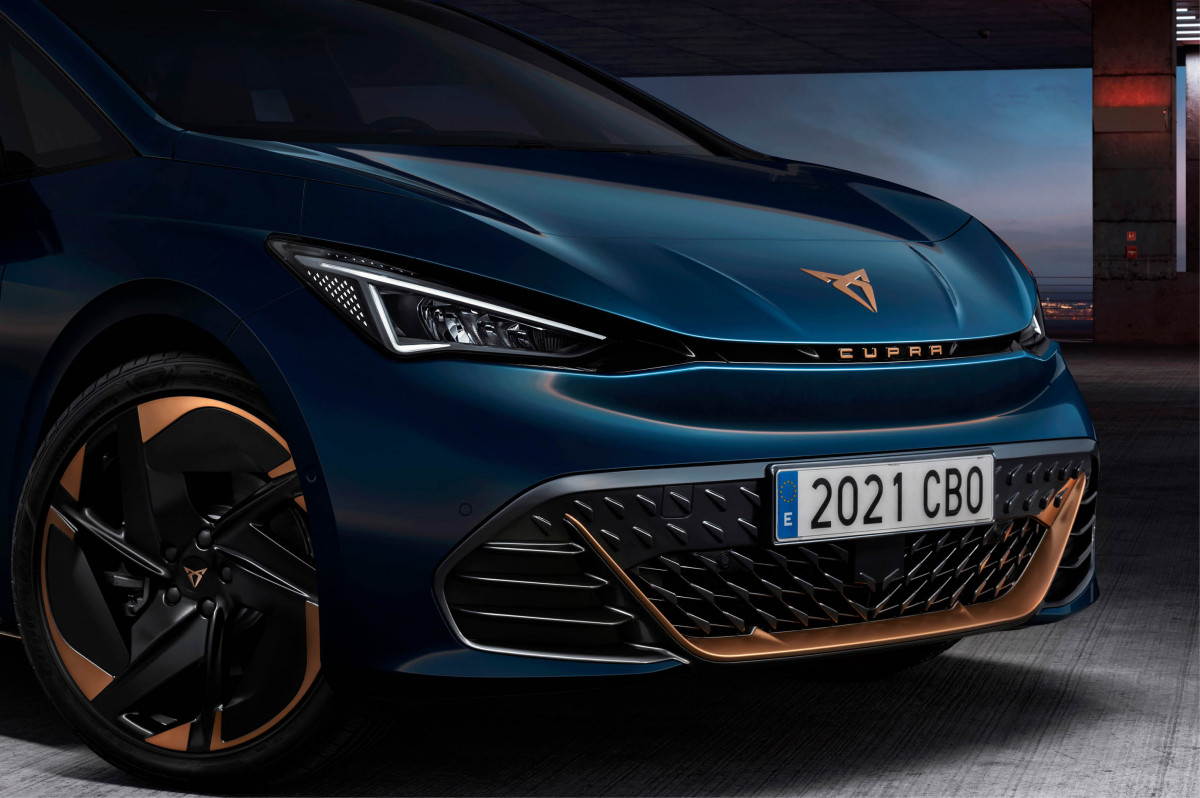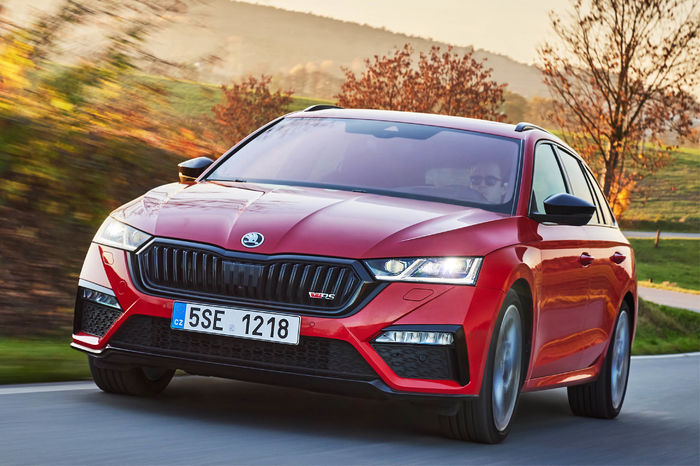In our continued 'deep dive' into some of our core brands, in this edition we look in detail at Skoda and Seat. A quick nod to the fact that fans of the nominally Czech and Spanish brands may resent them being grouped together. As the two more cost-conscious brands within the Volkswagen Group, their supply issues, electrification plans and broader strategy do tend to mirror each other, and the parent group.
Lead times and microchips
Both Skoda and Seat have been equally affected by production delays, chip shortages, and the impact of higher demand than expected post-pandemic.
Discounts and pricing
Whilst both Skoda and Seat have pulled back discounts somewhat, and seen some modest increases in list prices to respond to inflation, they have been spared the dramatic price increases seen at some of their competitors. Both brands have also attracted improved residuals in leasing terms, meaning some of the discount reduction has been absorbed when leasing.
Models and Electrification
The all-electric Skoda Enyaq has been a strong success for the Czech-based company, while Seat are yet to launch a fully-electric car, with the exception of the Seat Mii electric, which only sold 13,000 units last year globally. Seat have launched the “Cupra” brand, with the Formentor model having a strong first year of sales in the UK, and this will be the home of the “Born” all-electric, a close relative of Volkswagen’s ID.3.

Strategy Snapshot
As with Audi and Volkswagen, subsidiary companies Seat and Skoda are fully committed to electrification, albeit at a slower pace than their more pricey siblings. There continues to be concern amongst the more price sensitive manufacturers that the rush to EV will exclude those who find it harder to afford the premium which technology often commands. An additional concern for Seat/Cupra is that their brand is particularly focused on the younger market, and with much of the more affluent younger market living in urban centres, the access to efficient, hasslefree charging infrastructure is a looming problem set to become far more pressing in the next 3-5 years, as EV adoption grows.








